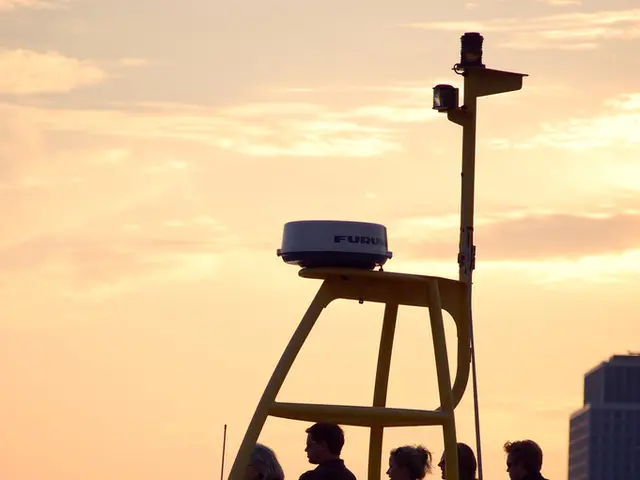Media organization ARTE embraces Fraunhofer's MPEG-H Dialog+ technology for enhanced audio quality in their broadcasts.
In a significant move towards improving audio capabilities, German public broadcasters ARD and ARTE have adopted the MPEG-H Dialog+ technology in their respective streaming platforms.
ARD, alongside ARTE, has integrated MPEG-H Dialog+ under the labels "Klare Sprache" in German and "Confort Audio" in French. This solution, developed in collaboration with the German research institute Fraunhofer IIS, has already proven successful at ARTE.
ARTE's Chief Technology Officer, Kemal Görgülütz, stated that with MPEG-H Dialog+, they can now deliver the best possible audio and video content to their viewers. The technology uses artificial intelligence and deep neural networks to separate dialogue from background sounds, remixing the final audio mix without requiring access to original production stems.
Fraunhofer IIS has addressed one of the biggest challenges in dialogue enhancement: distinguishing spoken dialogue from singing. This latest update represents a further step towards making streaming more accessible to audiences, including those with hearing impairments.
The DVB Project, an international industry consortium, has also made strides in this area. The new DVB Workplan includes Service Discovery over Internet protocol, aiming to enhance the user experience in streaming services.
In another collaboration, iWedia, a provider of multimedia software solutions, has partnered with Fraunhofer IIS to integrate MPEG-H Audio into their ATSC 3.0 software stack. This partnership is aimed at the rollout of Brazil's next-generation DTV+ broadcast standard.
The DVB Project has also elected a new Steering Board to serve for the next two years, with 43 companies across DVB's four member constituencies being elected.
Notably, ARTE is expanding its accessibility offering on its streaming platform arte.tv with the rollout of an enhanced version of MPEG-H Dialog+. By adding the latest version of MPEG-H Dialog+, ARTE becomes one of the first European broadcasters to apply the refined solution in regular streaming operations.
In a demonstration, Technicolor, Fraunhofer IIS, and Globo showcased HDR and MPEG-H Audio content compliant with Brazil's TV 2.5 standard on Hisense TVs. The demonstration also showcased the conversion of standard dynamic range (SDR) content to deliver a premium experience for sports fans in live broadcast.
MPEG-H Dialog+ separates dialogue from a programme's background audio, allowing users to switch between the original soundtrack and a dialogue-optimised version. This feature is expected to significantly improve the viewing experience for many users.
These developments underscore the ongoing efforts to make streaming services more accessible and enjoyable for all users, regardless of their hearing abilities.
Read also:
- Enhancing the framework or setup for efficient operation and growth
- Hydroelectric Power Generation Industry Forecasted to Expand to USD 413.3 Billion by 2034, Projected Growth Rate of 5.8% Compound Annual Growth Rate (CAGR)
- Southeast Asia's initial AI-linked battery-swapping station was launched by U Power
- Artificial Intelligence with independent agency could potentially intervene in cybercrises.








